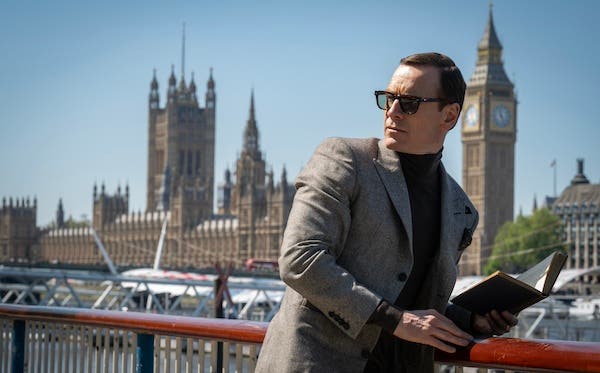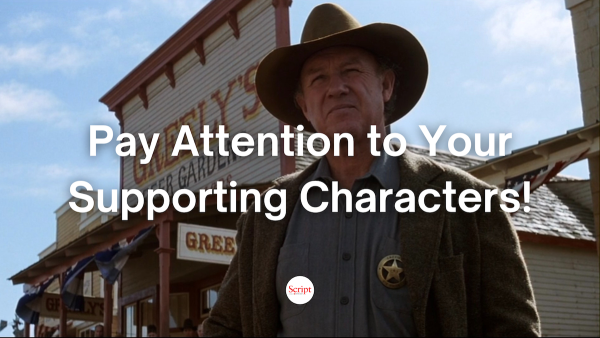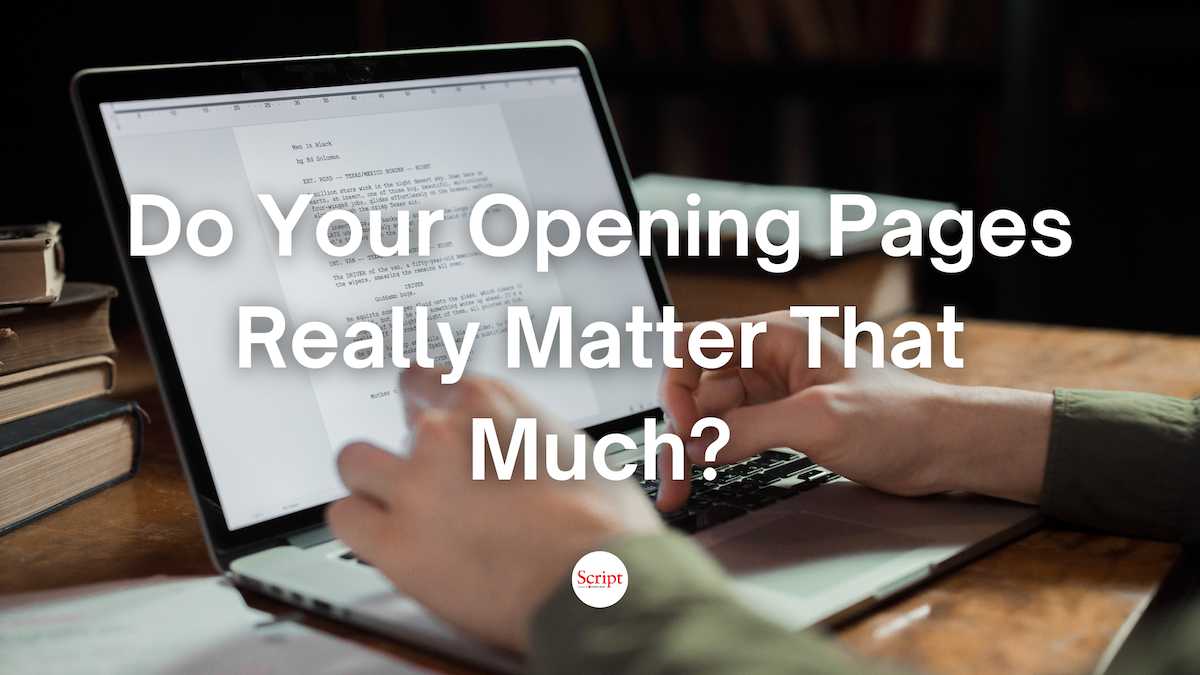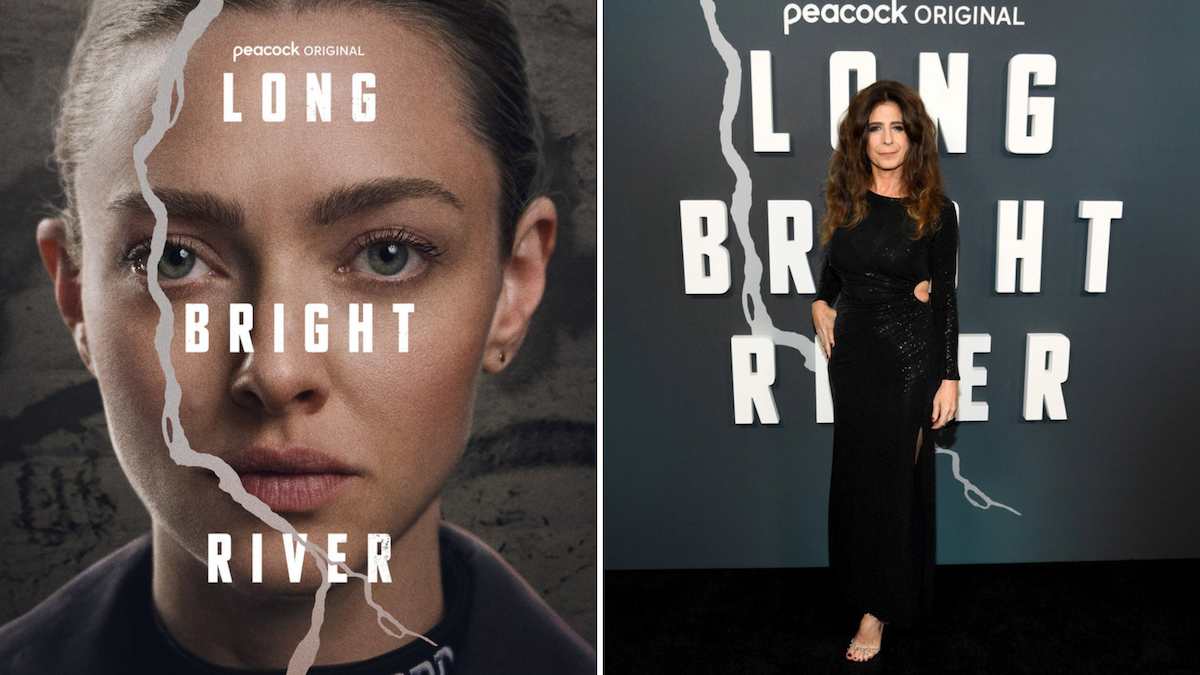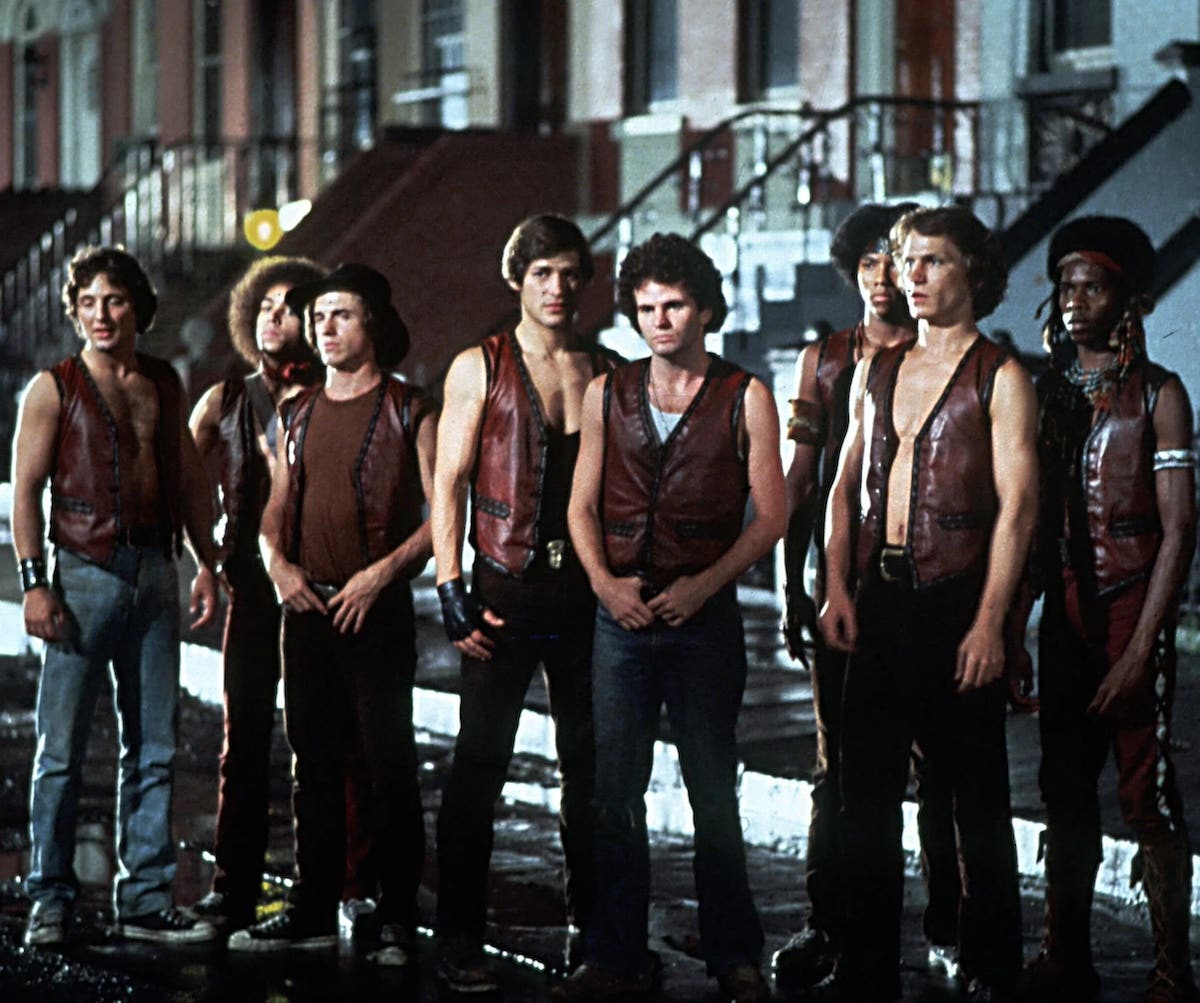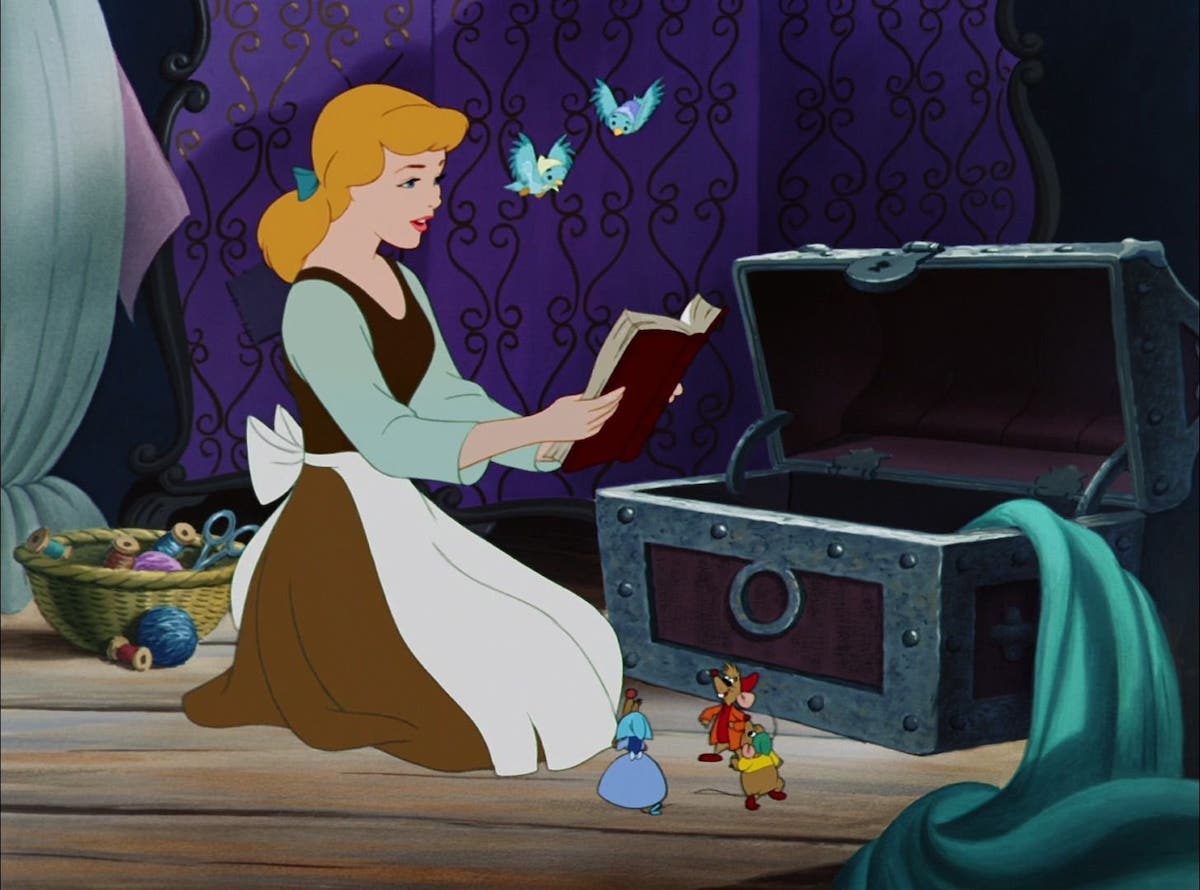Spit Takes: What A Silent Film Can Teach You About Screenwriting
Silent movies are old and boring. I totally get there is a bias, but I want you to put all that shit aside for a moment and consider giving silent movies a shot.
By Stephany Folsom
I know the mention of a silent film causes most people to roll their eyes and yawn. Silent movies are old and boring. I totally get there is a bias, but I want you to put all that shit aside for a moment and consider giving silent movies a shot. Here’s why: Silent films contain a treasure trove of knowledge you can use to make your writing better.
I’m going to walk you through the proper way to watch a silent movie, what silent film can teach you about writing comedy and drama, and how you can use the tricks of silent films to make your scenes visually pop off the page.
First off, if you’re not enjoying a silent movie, it may be a shitty silent movie (there are a few) or you may be watching it all wrong. I actually wasn’t a fan of silent cinema until I learned how to watch silent movies from famous film critic and historian, Leonard Maltin.
Maltin impresses that your movie viewing etiquette needs to be thrown out the window when you sit down to watch a silent film. To start with, don’t watch a silent movie alone. You need a crowd. A rowdy one that will help you interact with the movie. Seriously, you’re supposed to cheer, clap, yell advice to the characters, whistle at the attractive ladies and men on screen, and boo the villains. Trust me, you’ll look like an asshole doing this by yourself, so I suggest planning a silent movie viewing party.
Now that you are throwing a silent movie party, here are a few of the silent film comedies I recommend you watch:
CITY LIGHTS – This is Charlie Chaplin’s masterpiece. Chaplin wrote, directed and starred in this silent film, and it’s one of the early romantic comedies. Charlie Chaplin’s tramp falls in love with a blind girl, and if the final image of the film doesn’t touch your heart, you’re dead inside.
SAFETY LAST! – This is a Harold Lloyd gem. This movie is a real-life Bugs Bunny cartoon. What makes the physical comedy so impressive in this, is Harold Lloyd did everything without stuntmen or modern special effects. You should also know Harold Lloyd blew off his own thumb (accidentally) in one of his films for a laugh, and when you get to the classic clock repair scene in SAFETY LAST!, remember poor Harold Lloyd is on a real skyscraper.
THE GENERAL – This is a Buster Keaton work-of-art. This film has one of the most famous train chase sequences in cinema history. The entire train chase, that includes a bridge explosion, is filmed in one shot with a real train moving at high speeds. There are still bits of the train in the river to this day.
As you begin to watch more and more silent films, you’ll realize why actors, directors and writers started unions. This is some dangerous, crazy shit these people are doing. You’ll also begin to realize there are some important writing lessons in these films.
1. Your script should tell a story without dialogue.
Seriously, remove all the dialogue from your script and see if it still makes sense. As much as writers love their clever lines of dialogue (guilty, here), the script has to work on a basic, visual level. If a studio executive or producer says your script doesn’t “feel like a movie” try taking out the dialogue and see what you have left. Of course you’ll lose some plot nuance without your precious words, but if the story can’t be told without dialogue, then you wrote a play and not a movie – go back to the drawing board and make your screenplay visual.
2. Leave a beat on the page for the audience/reader to react to your joke or dramatic moment.
The characters in silent films prompt reactions from the audience. They break the fourth wall with a wink and nod, and they will pause in a scene to give the audience a chance to react. While these are pretty blatant efforts to garner audience sympathy and reaction, you can use more subtle versions of these to illicit emotional responses. Give your reader a moment to catch his breath and react to the exciting chase scene or hysterical joke. How do you create this beat on the page? You do it with a reaction shot from another character, or have your characters take a moment to catch their breath, etc. Through your characters’ silent reaction to a big moment, you can tell your reader how to emotionally react to your scene. Trust me, this little silent film trick will help emotionally engage your reader.
3. Physical comedy is important.
Laughs on the page shouldn’t only rely on dialogue - you have to be visually funny too. Once again, remove the dialogue from your scene and see if it still has laughs. If it’s not working without your clever jokes, then the scene isn’t finished. Is there an outfit you can give your character that would make it funnier or a funny location? And unless it’s an amazing pratfall that’s never been recorded in cinema history, please don’t have your character fall over for a joke. Be clever with your physical humor. See what the silent film stars did and make it better.
Granted, viewing silent movies may not imbue you with the deep love I have for Charlie Chaplin, Buster Keaton or Harold Lloyd, but still give it a try. Watch a few silent films and see what the old legends can teach you about your craft. More importantly, test out what happens to your script when you remove ALL the dialogue. Your script has got to be visual and funny with killer descriptions. That’s why they are called moving pictures, baby!
Related Articles:
Stephany Folsom was raised in the mountains of Colorado and attended film school in Los Angeles. After graduation, she had many day jobs until she landed a gig working for news outlets and non-profits, producing short documentaries around the world. Eventually growing tired of life on the road, she landed back in Los Angeles and delved back into fiction writing. Her script 1969 A SPACE ODYSSEY: OR HOW KUBRICK LEARNED TO STOP WORRYING AND LAND ON THE MOON made the Black List in 2013. Since then she’s written on Marvel’s THOR: RAGNAROK, Lucasfilm’s STAR WARS RESISTANCE series, and most recently co-wrote the Academy Award-winning TOY STORY 4. Currently Stephany lives in Los Angeles with her husband and precocious mutt, where she is a consulting producer and writer on Amazon Prime’s LORD OF THE RINGS. In her spare time, she is showrunning and writing the series adaptation of Brian K. Vaughan’s PAPER GIRLS with Plan B, Legendary, and Amazon Studios. Twitter: @StephanyFolsom


